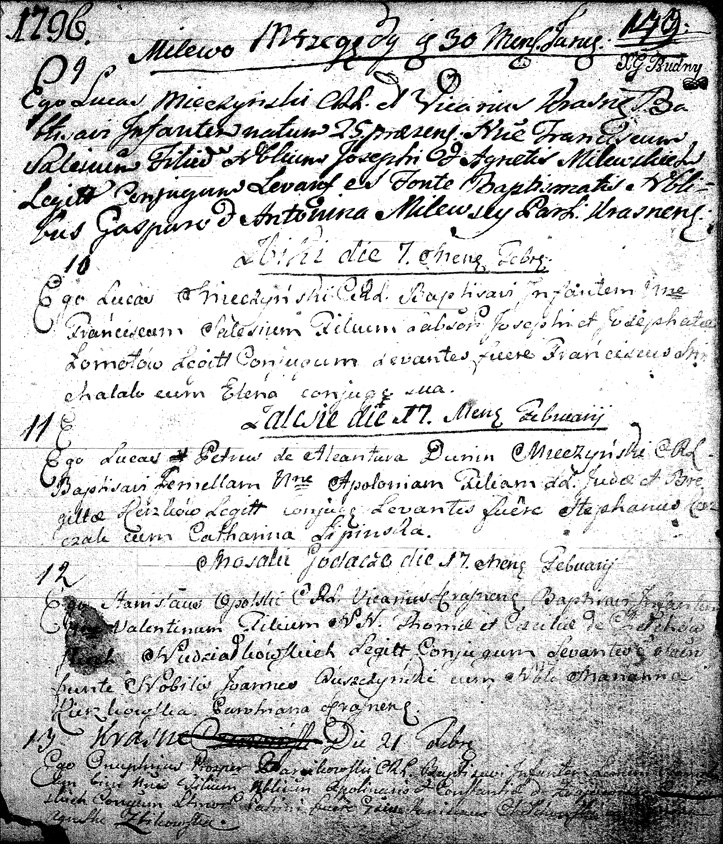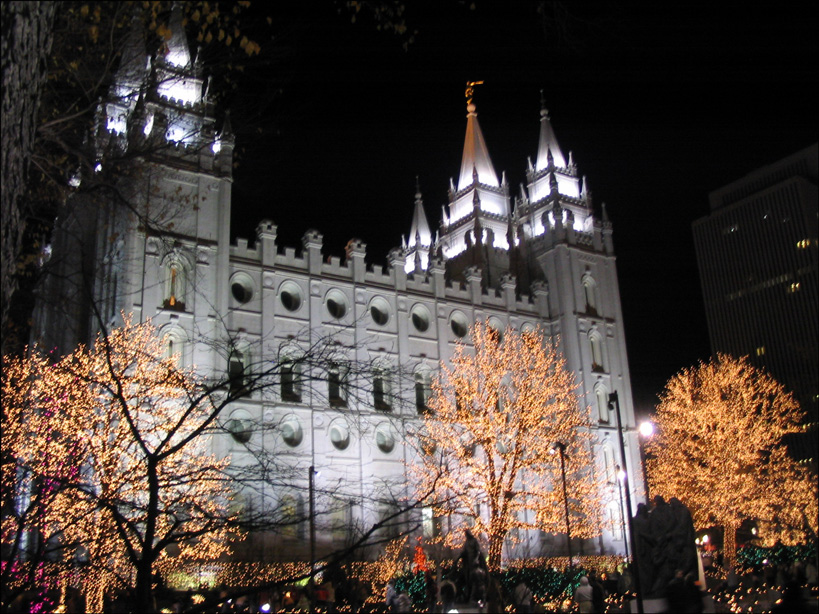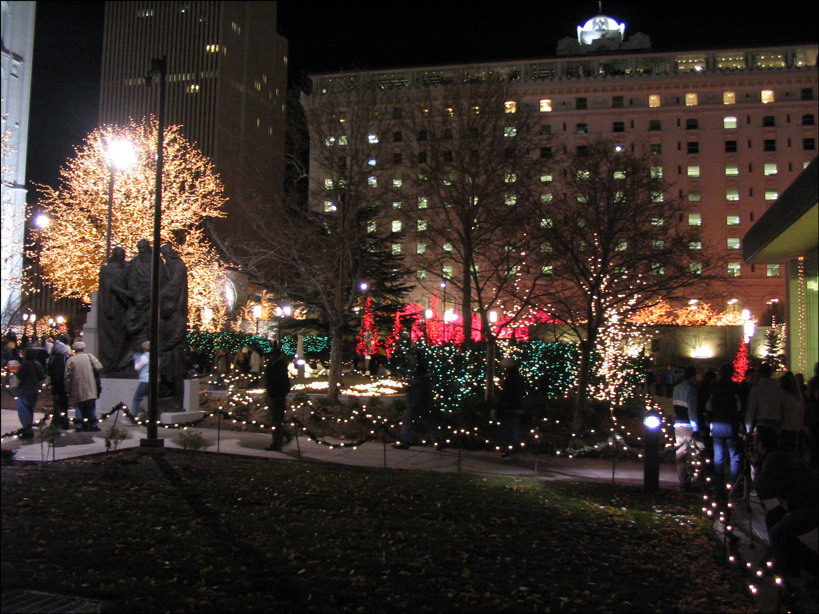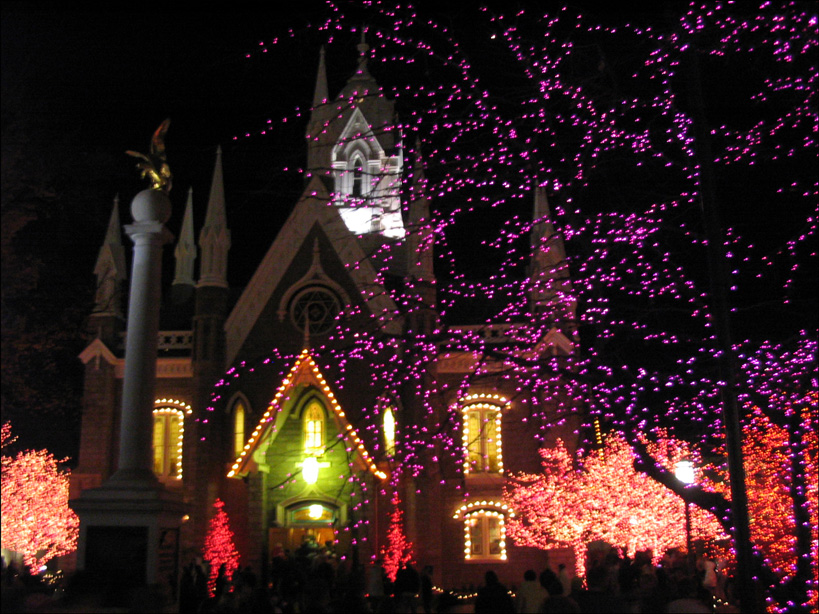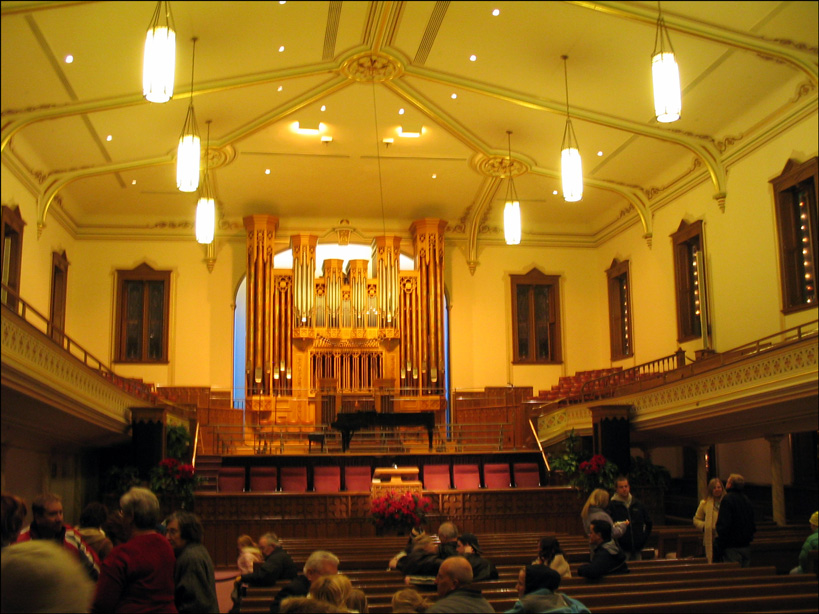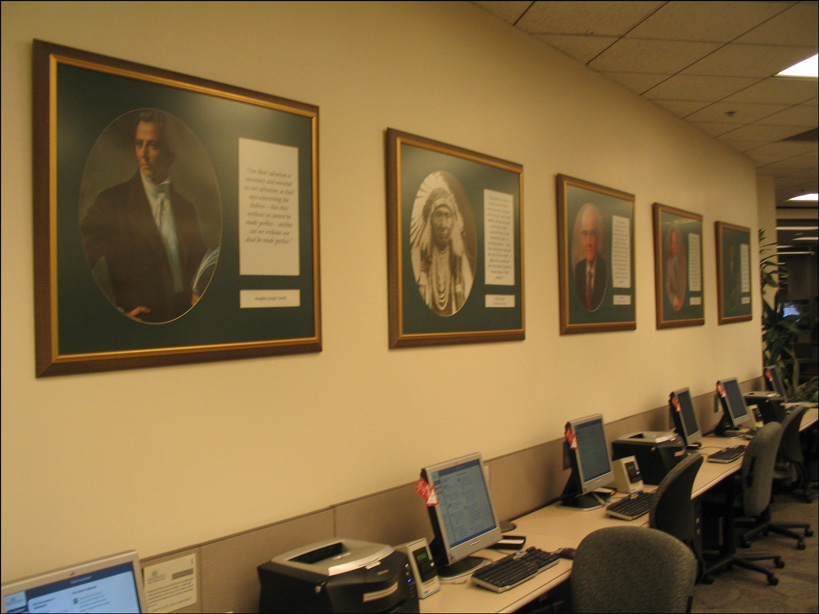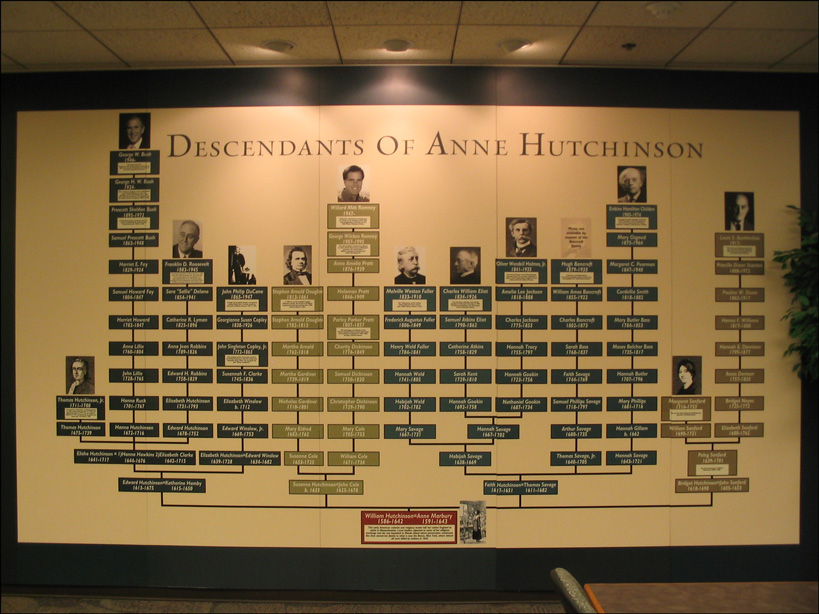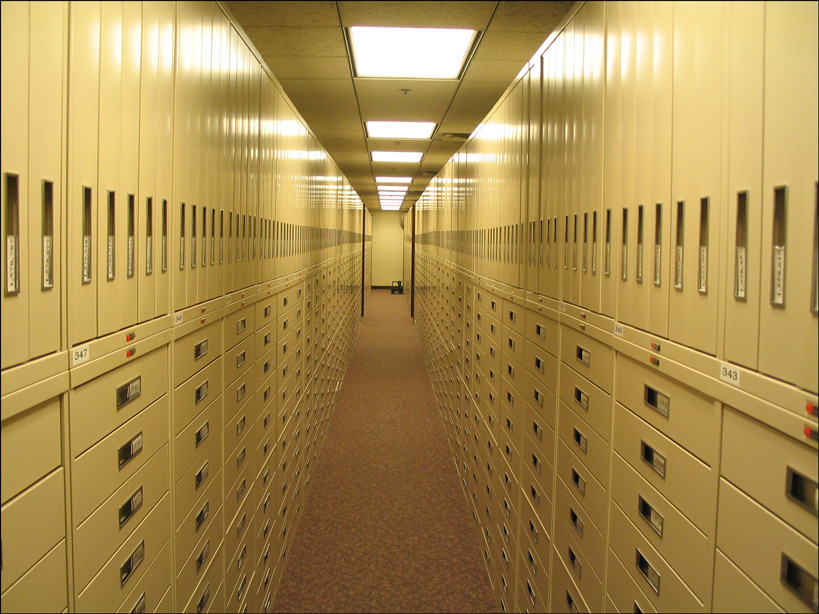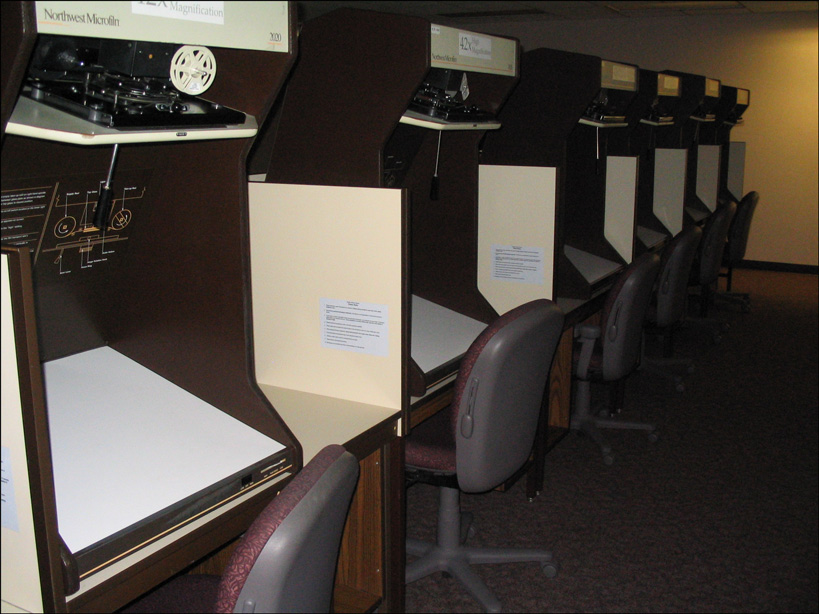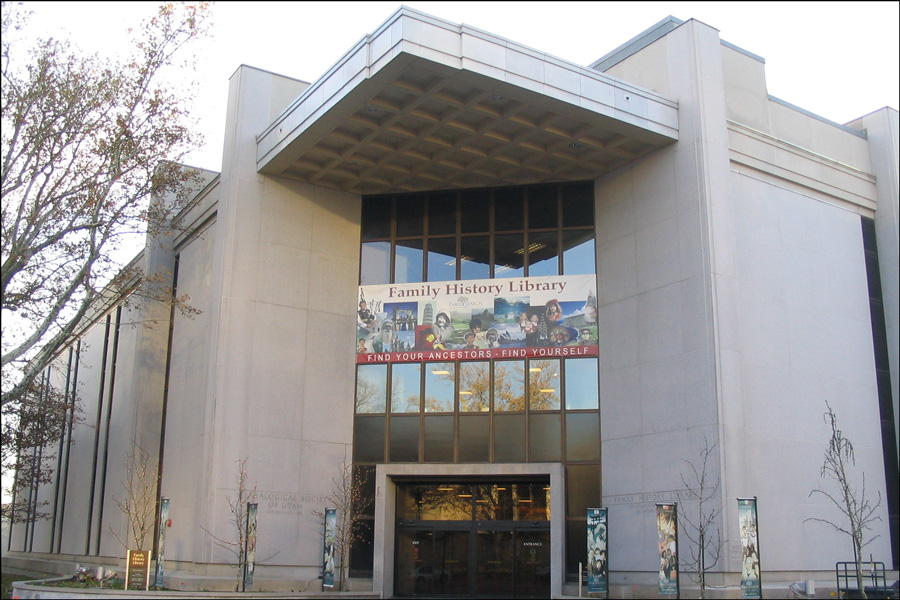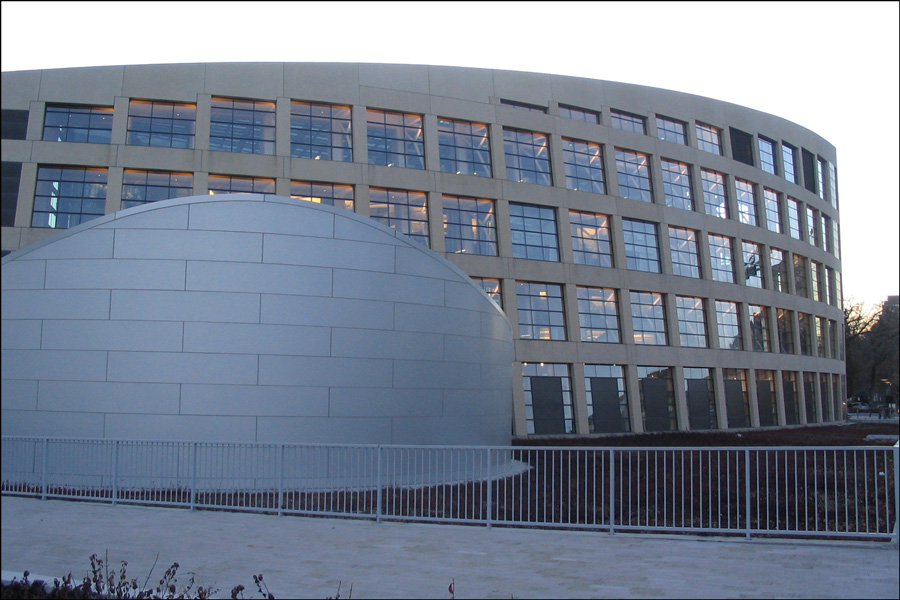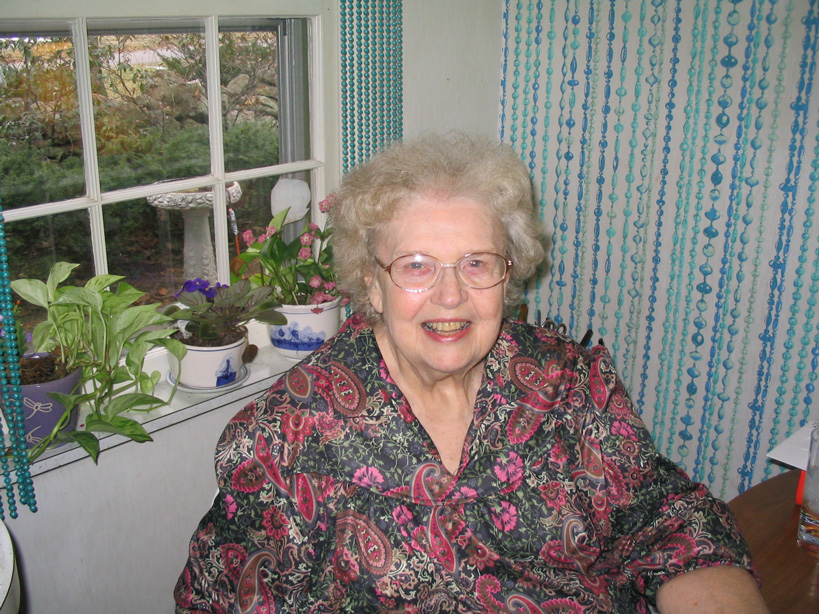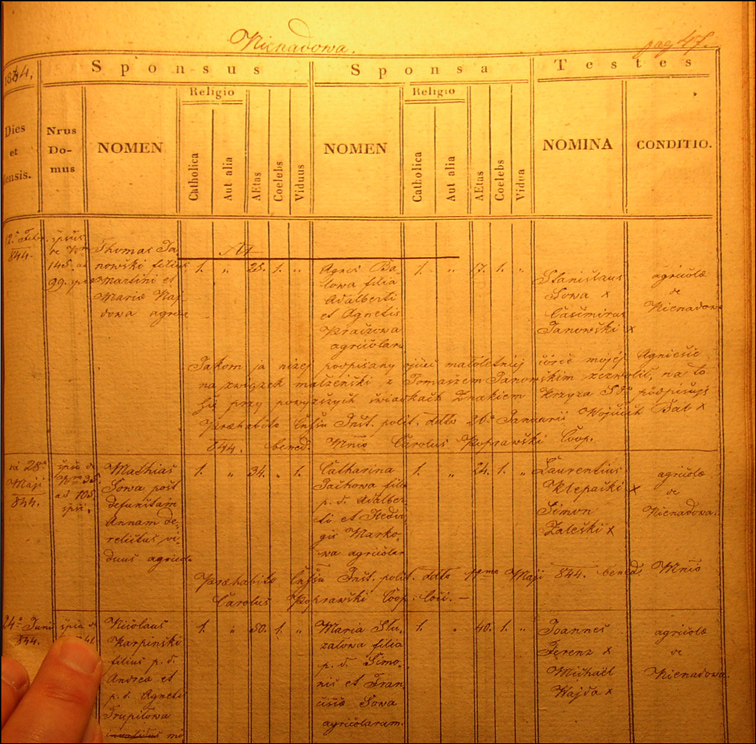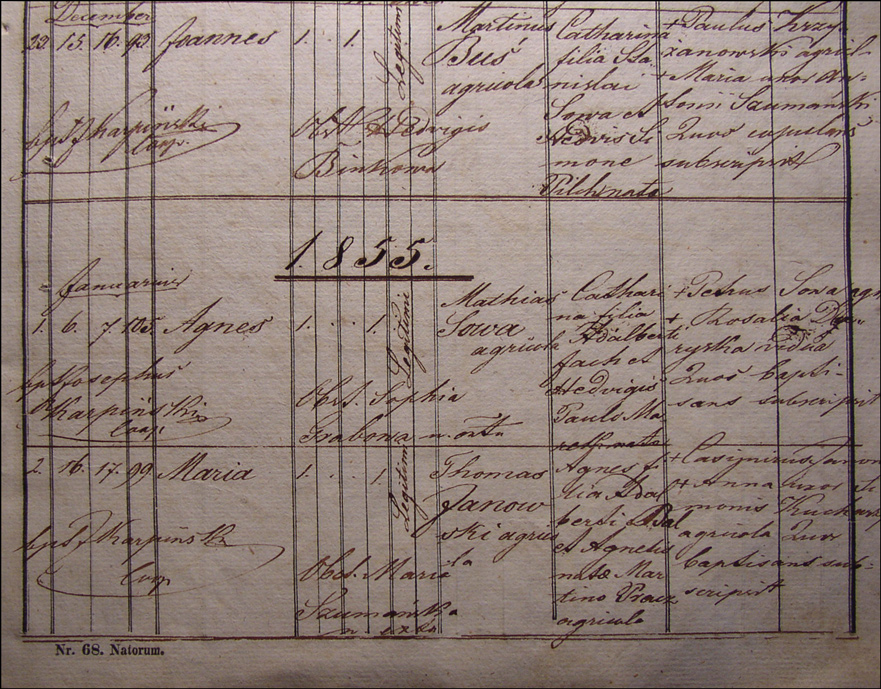A Lesson on the Genealogical Proof StandardÂ
A couple of years ago, while searching for Polish parish records on microfilm at the Family History Library, I tried tracing the ancestry of my Niedziałkowski ancestors.
I knew my grandfather was from the Szwelice parish and I was able to find the Birth and Baptismal Record for my grandfather’s siblings Józef, Sabina, and Stanisław Niedziałkowski . All of their records showed that their parents (my great grandparents) were Teofil Niedziałkowski and Ksawera Zygmuntowicz.
I also found the Birth and Baptismal Records for my great grandfather Teofil Niedziałkowski’s siblings, Karolina, Julianna, and Franciszek Niedzialkowski . All their records showed that their parents (my great-great grandparents) were Wojciech Niedziałkowski and Julianna Gutowska.
I wasn’t able to find the Birth and Baptismal record for either my grandfather or my great grandfather, but I knew I was following the correct family because the information in the Polish parish records agreed with information I already had obtained from family records and Massachusetts vital records.
With certainty I was on the right track, I looked for the Birth and Baptismal Record for my great-great grandmother, Julianna Gutowska, born in about 1836 . I searched the Szwelice parish records and found a Birth and Baptismal Record for Julianna Gutowska . Translated from the Polish, the record states:
94 Głodki
This happened in the church-owned village of Szwelice on the 17th / 29th day of December 1836 at one o’clock in the afternoon . Mikołaj Gutowski presented himself, age 27, from Głodki, in the presence of Maciej Chrzanowski, age 40, and Kasper Trościński, age 60, from Głodki, and he showed us a female child born in Głodki yesterday at four o’clock in the morning, born to his wife Rosalia née Biedrzycka, age 18 . At Holy Baptism performed this day, the child was given the name Julianna, and her Godparents were Stanisław and Maryanna Trościński . This document was read aloud to the declarants and witnesses and signed only by us, because those appearing and the witnesses mentioned in this document cannot write.
Rev. Ignatius Kołakowski, Pastor of Szwelice
Well, it looked like I found the Birth and Baptismal Record for my great-great grandmother! She was born in the right year in the same parish as my Niedziałkowski ancestors . I merrily researched the families of Mikołaj Gutowski and Rozalia Biedrzycka without much difficulty since this line was well documented in the Szwelice records.
Then I found another record – the Death Record for my grandmother, Julianna née Gutowska Niedziałkowska . Translated from the Russian, this record reads:
â„– 38 . Pomoski
This happened in the village of Szwelice on April 13th / 26th 1900 at 12 Noon . Wojciech Niedziałkowski, the husband of the deceased, age 65, and Piotr Napierkowski, age 60, farmers living in Pomaski, appeared and stated that on April 12th / 25th of this year at 4 o’clock in the morning in Pomaski, Julianna Niedziałkowska died, age 67, born in Warsaw, Holy Cross parish, and living with her husband as a farmer woman in Pomaski, the daughter of the deceased Wojciech and Anna née Jabłonowski Gutowski . She is survived by her husband, the widower Wojciech Niedziałkowski . After eyewitness testimony on the death of Julianna Niedziałkowska, this document was read to the declarant, who is illiterate, and was signed by us alone . Id. Administrator of the parish of Szwelice, Assistant Pastor, Keeper of the Documents of the Civil State -.
Father [Sędzicki]
At this point, everything fell apart . I was certain this was the Death Record for my great-great grandmother . However, it states that Julianna’s parents were Wojciech Gutowski and Anna Jabłonowski and that Julianna was born in Warsaw, Holy Cross Parish . I had been researching the wrong family!
I have not yet found the Birth and Baptismal Record for Julianna Gutowska . Like many of my other ancestors, her records have eluded me . I searched the Baptismal Records for Holy Cross Parish in Warsaw, but that parish is extremely large, performing thousands of baptisms a year – and the records aren’t indexed – and the records are in Russian.
The lesson here is don’t assume someone is your ancestor just because they have the right name and were born at what you think was the right time and place . I have since learned that the Genealogical Proof Standard requires much more.
A Polish proverb says:
“Nauka nie poszła w las.”
Literally, this is translated as “The lesson didn’t go into the forest” . It means “The lesson has not been forgotten”.

